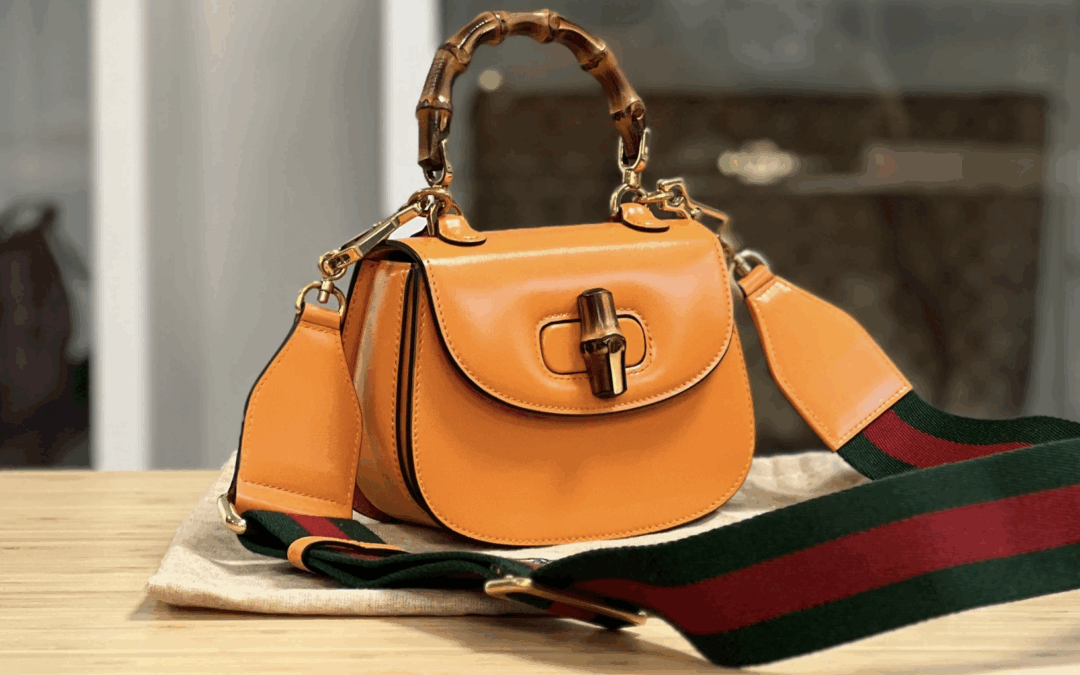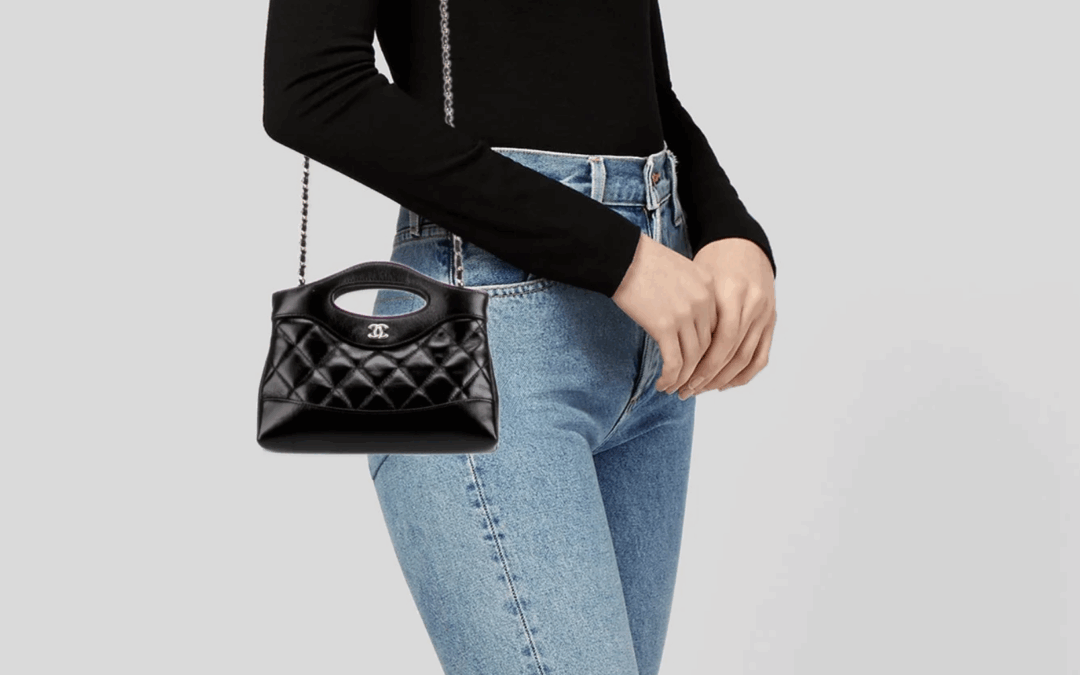
by Thea Elle | Sep 13, 2025 | Luxury bags
Style Companion Sleek, Structured, and Slightly Ridiculous — Buying the YSL Voltaire in Box by Thea Elle | August 18, 2024 | Style Guide Ah, the YSL Voltaire in Box, the bag that promises Parisian minimalism while quietly charging you for the privilege of holding less...

by Thea Elle | Sep 13, 2025 | Luxury bags
Style Companion Crafted for Chic: Why the Small Bamboo Top Handle Bag Wins by Thea Elle | August 18, 2025 | Style Guide Some handbags quietly sit in the corner, and then there’s the GUCCI Small Bamboo Top Handle Bag—the one that struts into the room, bamboo...

by Thea Elle | Sep 13, 2025 | The Edit
Style Companion Tiny Bag, Big Ego: Owning the CHANEL 31 Nano by Thea Elle | September 12, 2025 | Style Guide So you’re thinking about the CHANEL 31 Nano Shopping Bag. Congratulations, you’ve officially entered the phase of life where a handbag the size of a...

by Thea Elle | Aug 12, 2025 | Luxury Accessories
Style Companion The HERMÈS Evelyne: Perfect for Carrying Lip Balm and Your Sense of Superiority by Thea Elle | August 12, 2025 | Style Guide Ah, the HERMÈS Evelyne, the bag that whispers “I’m wealthy, but I still shop at the farmer’s market” while hanging casually...

by Thea Elle | Aug 12, 2025 | Luxury Accessories
Style Companion Sustainable Chic: Saving the Planet, One Underpaid Seamstress at a Time by Thea Elle | August 12, 2025 | Style Guide Step into the shimmering world of LVMH’s eco-conscious elegance, where sustainability is a runway accessory and every press release...






